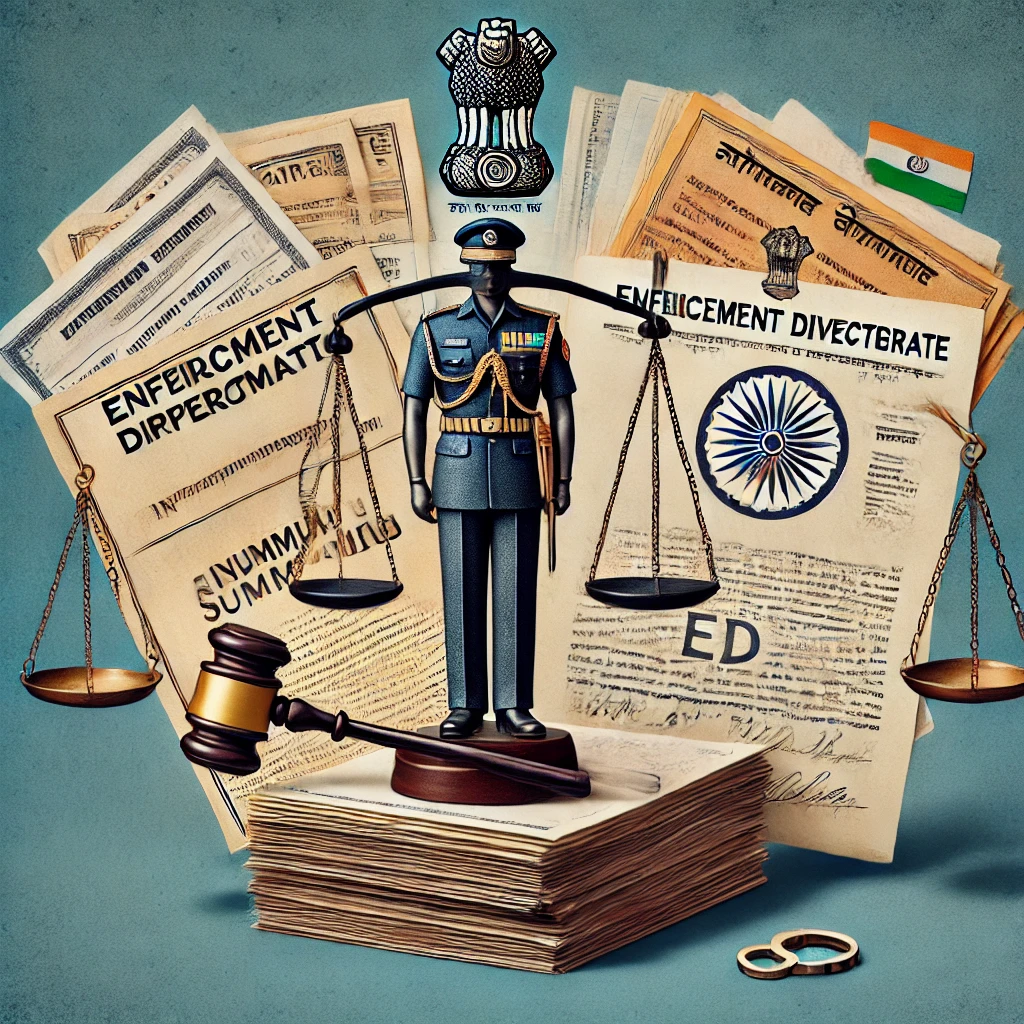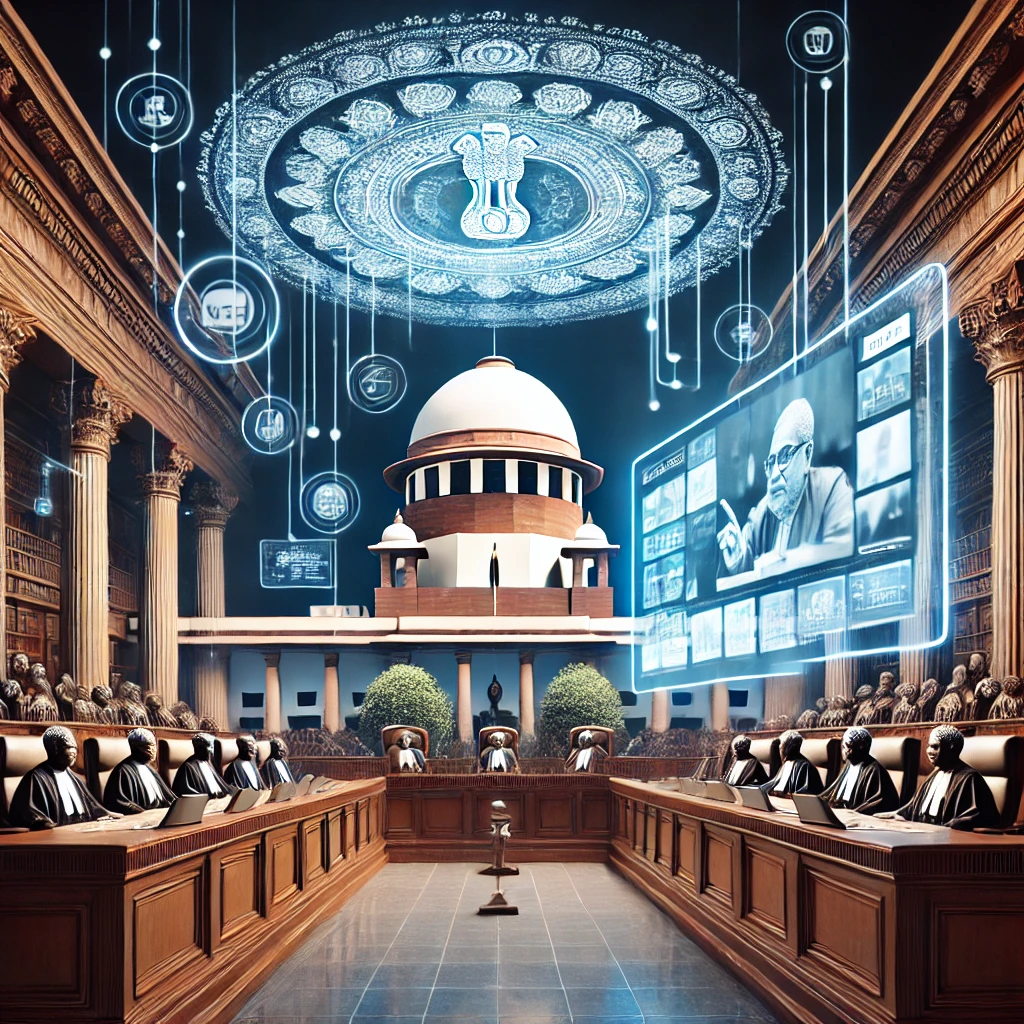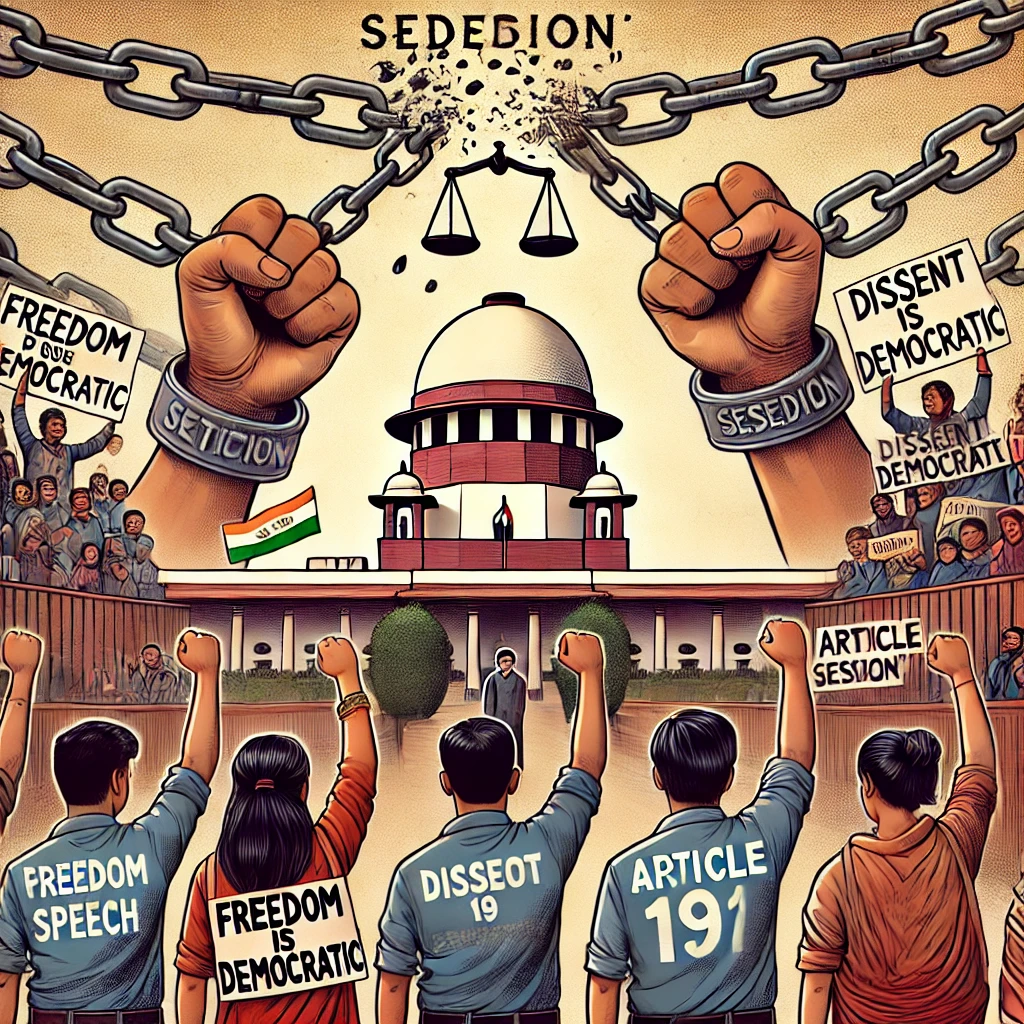In Re: Alleged Rape and Murder Incident of a Trainee Doctor in R.G. Kar Medical College and Hospital, Kolkata and Related Issues [August 20, 2024]
Case:
Re: Alleged Rape and Murder Incident of a Trainee Doctor in R.G. Kar Medical College and Hospital, Kolkata and Related Issues
Date: August 20, 2024
Background:
This case arose following a horrific and highly publicized incident involving the rape and murder of a trainee doctor at R.G. Kar Medical College and Hospital in Kolkata.
The incident sparked nationwide outrage, drawing attention to issues of women’s safety, particularly in institutional and workplace environments.
It highlighted systemic problems related to the protection of women employees, security lapses, and accountability in public institutions.
Key Legal Issues:
Accountability and Investigation:
The court was tasked with overseeing the progress of the investigation into the incident.
It scrutinized the police handling of the case, ensuring the investigation was prompt, thorough, and impartial.
The court directed relevant authorities to keep it informed of all developments to ensure no miscarriage of justice.
Security Measures in Institutions:
The tragedy exposed serious lapses in security within the hospital premises.
The court emphasized the duty of care owed by institutions toward their employees, especially women.
Directions were issued to the hospital administration and government to improve safety protocols and infrastructure to prevent such incidents in the future.
Legal and Policy Reforms:
Recognizing the broader societal implications, the court called for reforms to ensure a safer working environment for women.
It recommended stronger legal safeguards, including stricter enforcement of existing laws related to sexual harassment, rape, and workplace safety.
The court encouraged institutional adoption of women-friendly policies, including grievance redressal mechanisms and regular safety audits.
Compensation and Support for Victims:
The court addressed the need to provide adequate compensation and psychological support to the family of the deceased trainee doctor.
It emphasized that the state has a responsibility to ensure victims and their families are not left without assistance.
Public Awareness and Training:
The court underscored the importance of public sensitization programs aimed at creating awareness about women’s safety.
It advocated training for law enforcement and hospital staff to handle cases involving sexual violence with sensitivity and professionalism.
Court’s Directives:
Immediate steps to enhance security within all medical institutions under government control.
Regular reporting by police and hospital authorities about the progress of investigations and implementation of safety measures.
Formation of committees to monitor workplace safety for women.
Implementation of surveillance systems, better lighting, security personnel, and access control in hospital premises.
Establishment of helplines and fast-track mechanisms for complaints related to sexual harassment or violence.
Compensation to the victim’s family as per state and central government guidelines.
Review and strengthening of existing policies on women’s safety in workplaces.
Legal and Social Impact:
This case became a landmark in reinforcing the judiciary’s role in protecting women’s rights and safety.
It brought to light the institutional responsibilities toward employees, ensuring that employers maintain a safe and respectful work environment.
The case also prompted policy changes and encouraged more rigorous enforcement of laws concerning sexual violence.
It served as a stern reminder to government bodies and institutions that failure to protect citizens, especially vulnerable groups, can attract judicial intervention.
Summary:
The Supreme Court’s intervention in this tragic incident underscored the urgent need for systemic changes to prevent crimes against women in institutional settings. It emphasized swift justice, improved safety infrastructure, legal reforms, victim support, and accountability at all levels. This case serves as a critical precedent highlighting the judiciary’s proactive role in safeguarding human rights and dignity.






























0 comments